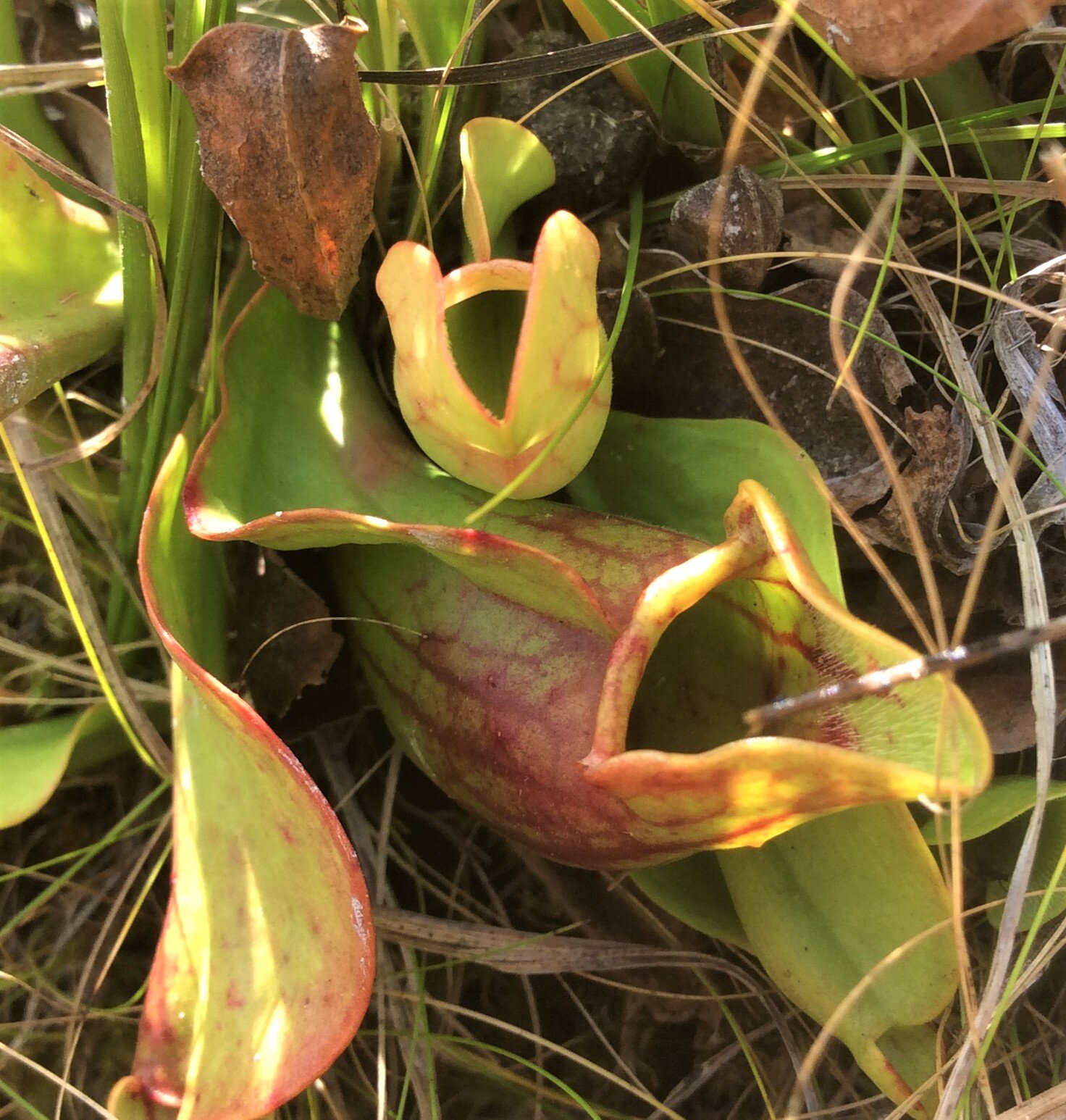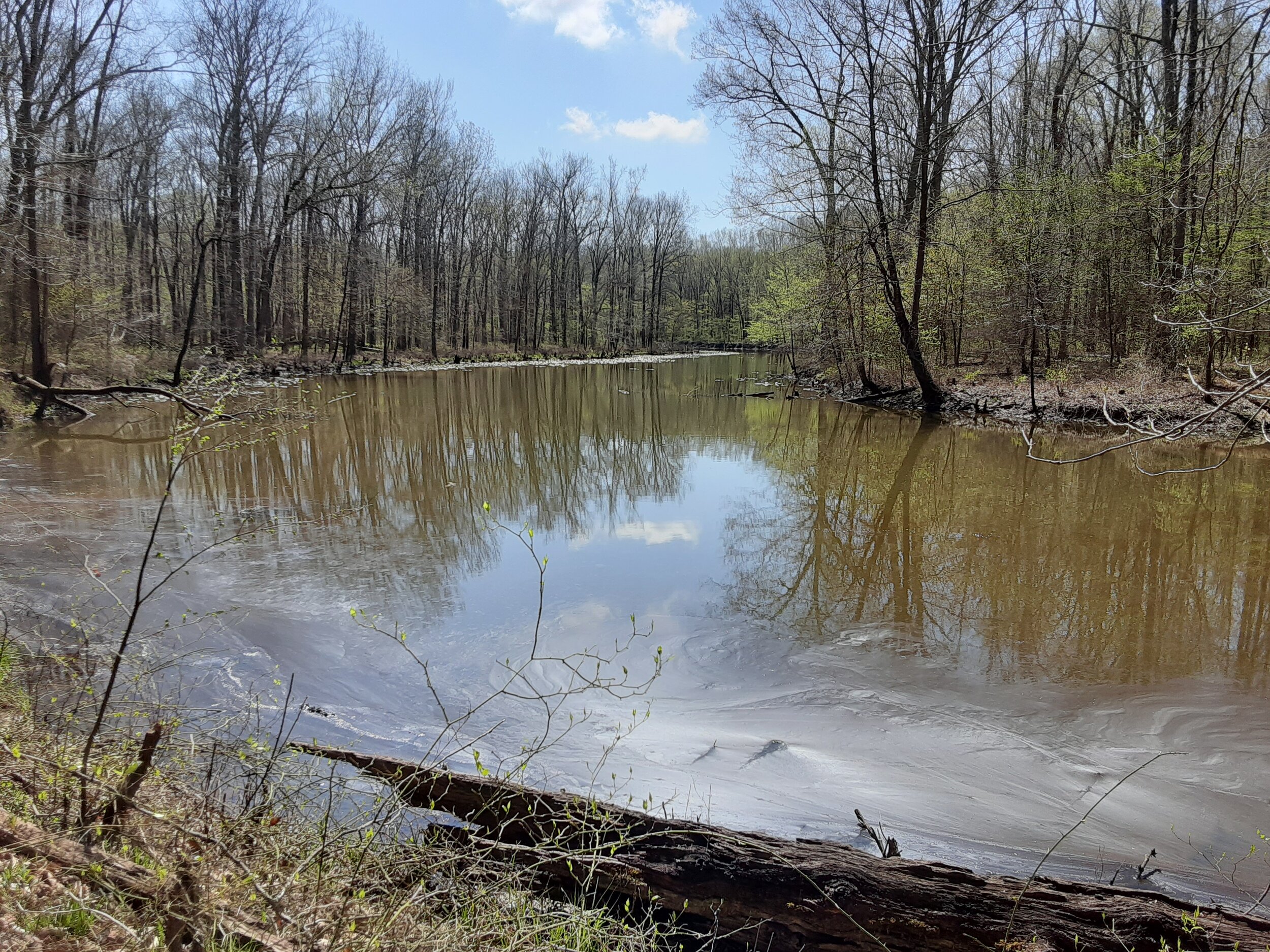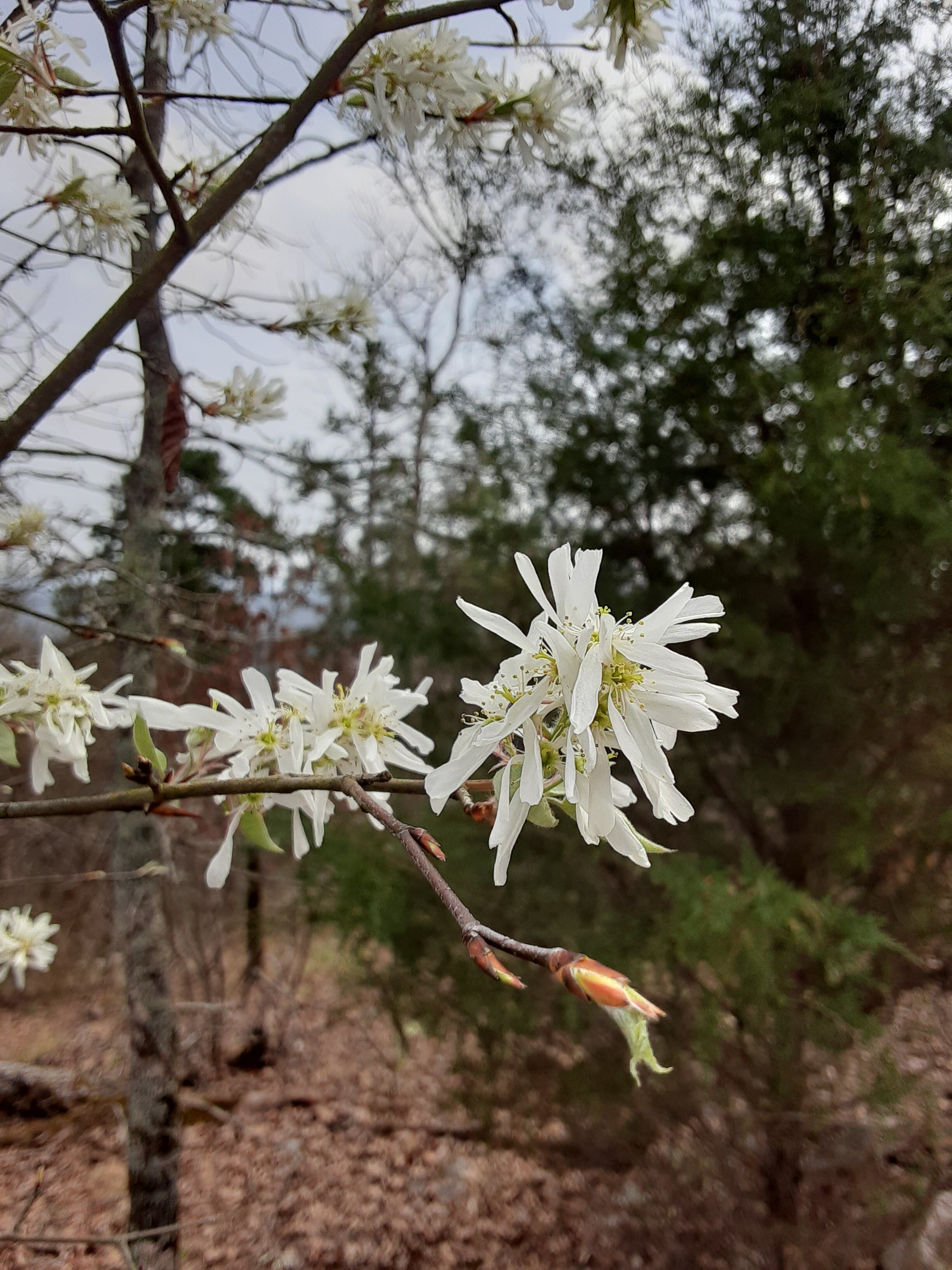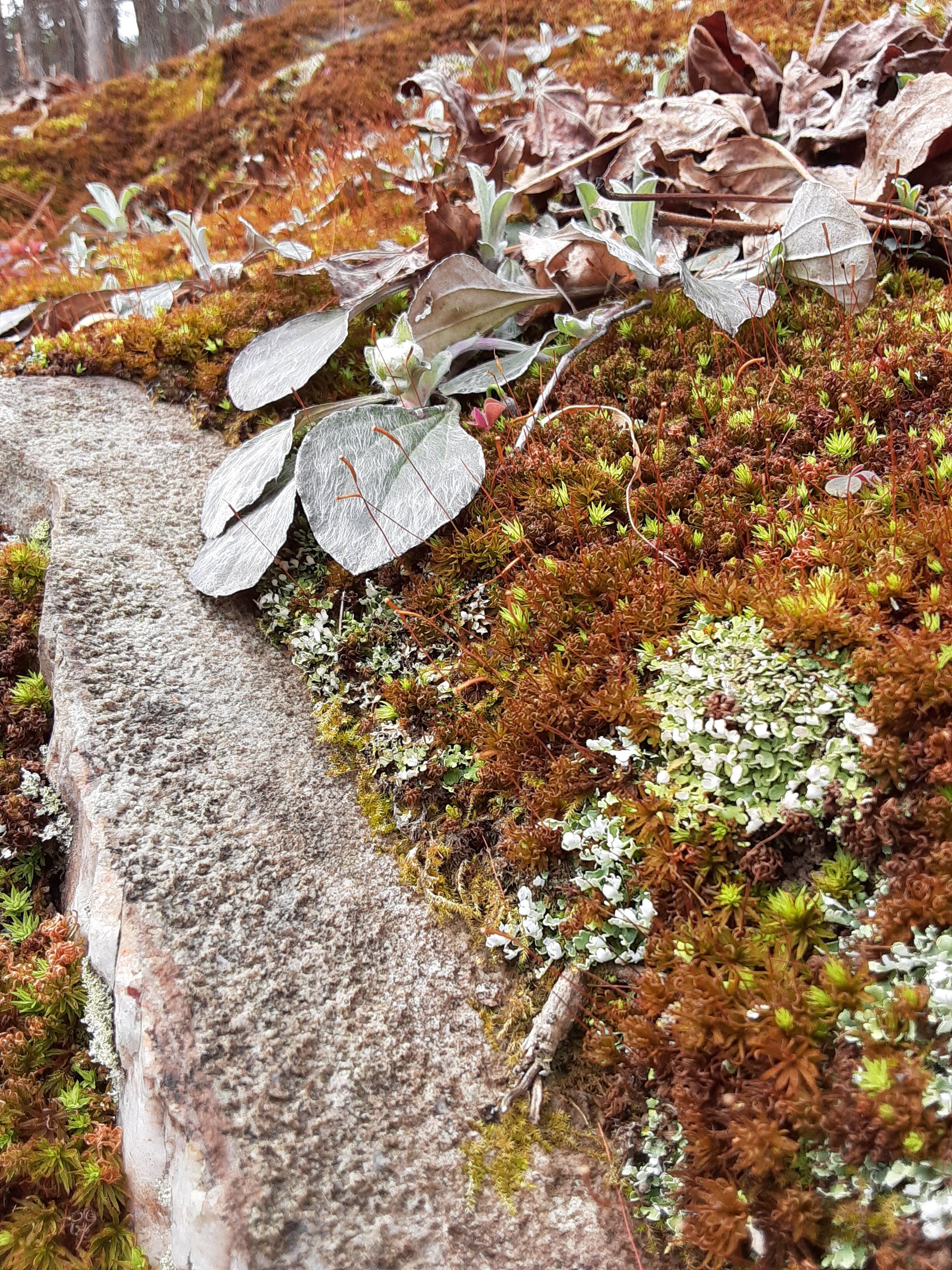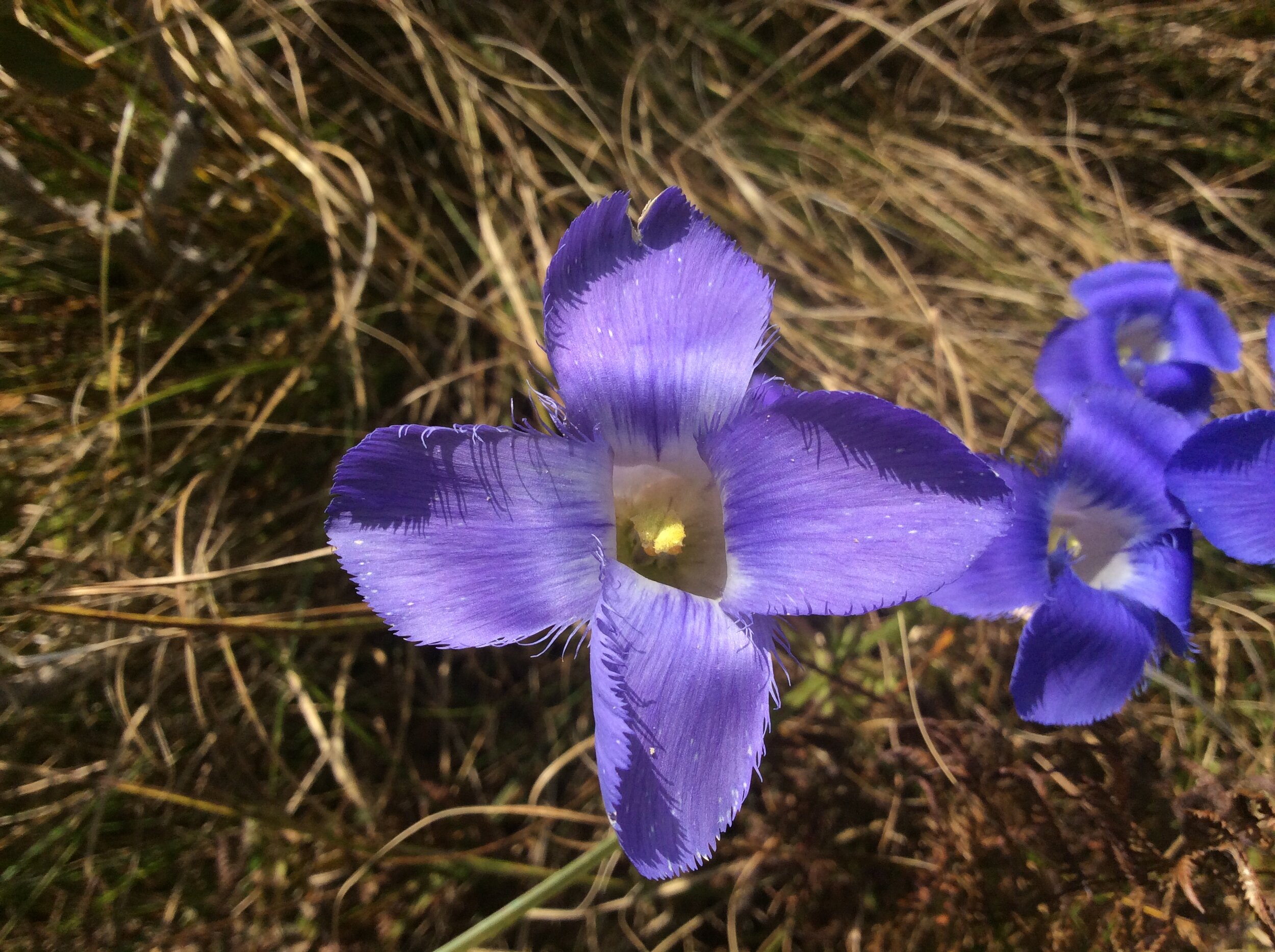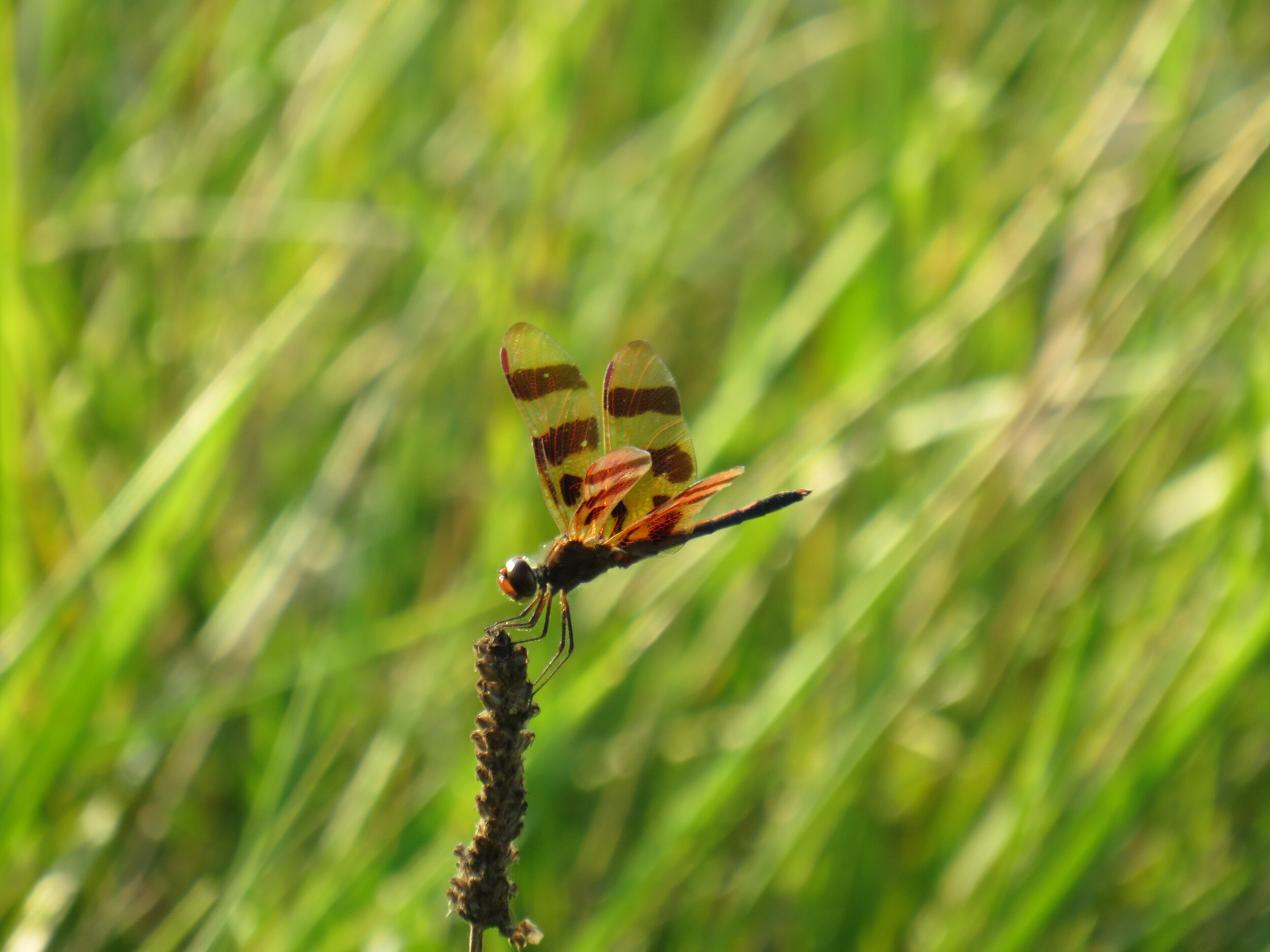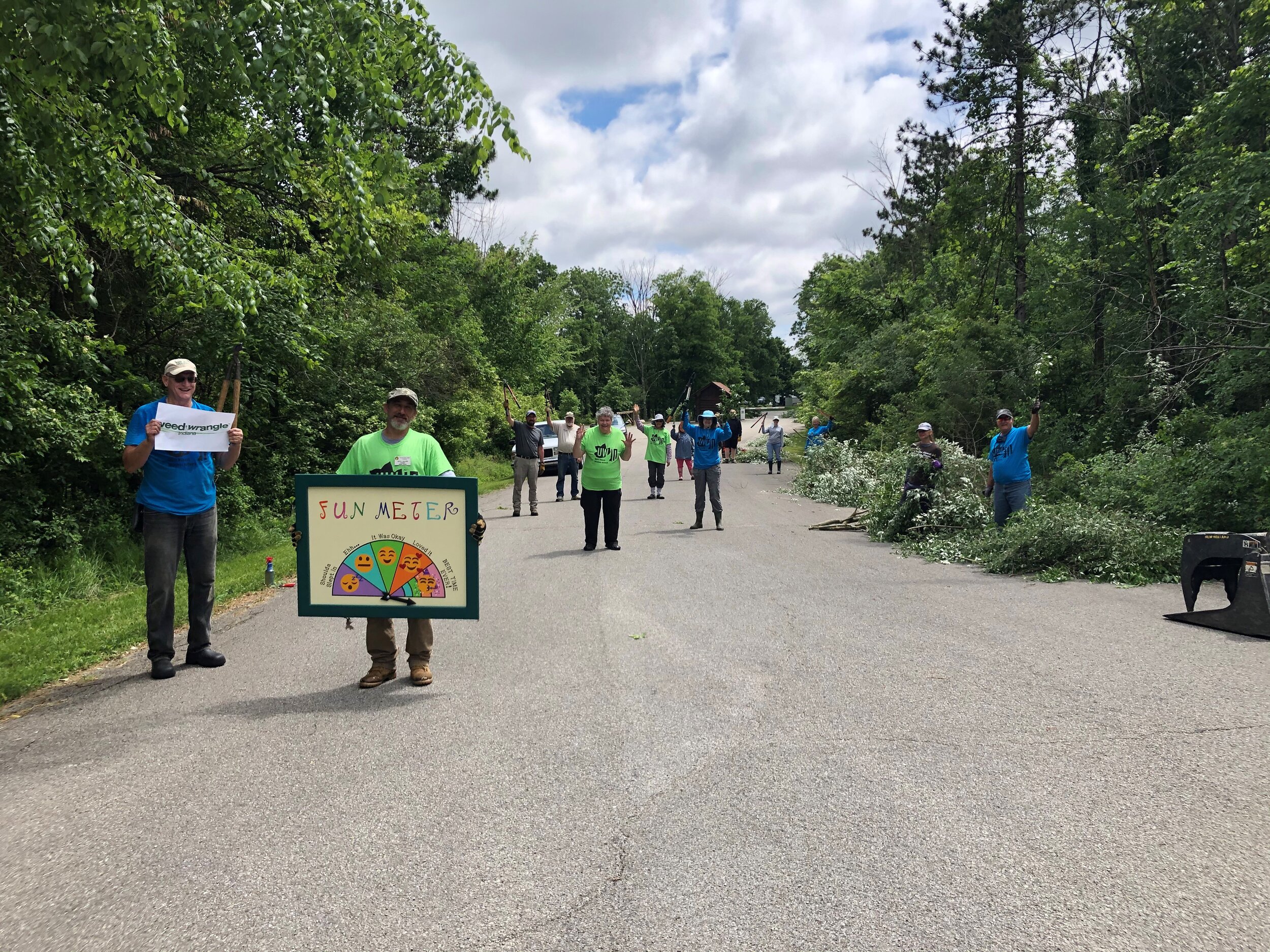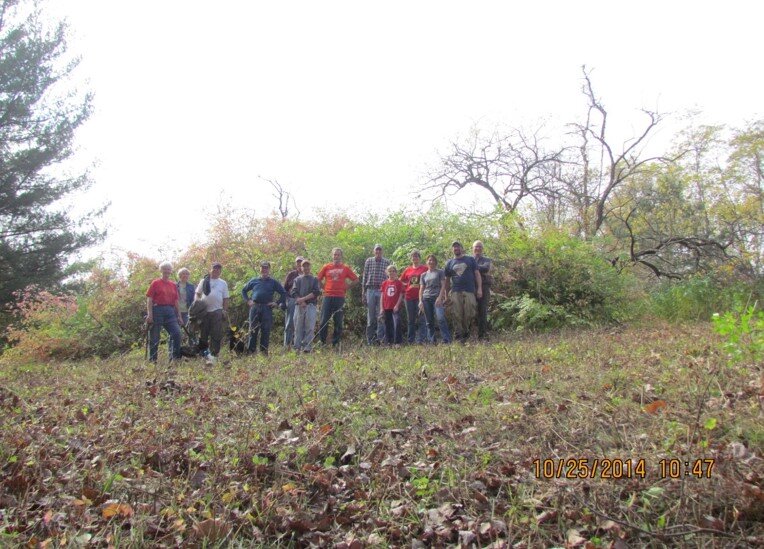Indiana Invasive Species Awareness Week - Wrap Up
SICIM Email
why we invest in invasive species awareness and management
with Dawn Slack, Indiana Invasives Initiative Project Coordinator
As we wrap up Indiana Invasive Species Awareness Week, I hope you will take a moment to soak in why we invest in invasive species awareness and management. Invasive species, after all, aren’t a lot of fun to discuss. They aren’t something we’re necessarily proud of, and they aren’t part of a natural heritage that we want to celebrate: or are they? Perhaps we simply need to recognize that we learn daily, and therefore, we can adapt and stop making the same mistakes. We can take new information and use that for positive impacts for us, the future, and this planet. Let’s take on a new challenge. Let’s celebrate our native species.
I was lucky enough to walk with a few friends and co-workers across several hundred acres recently. Large portions of the properties were completely altered, and invasive species had created dense almost monotypic habitat of two species, autumn olive and multiflora rose. The alteration frankly saddened the group. We did find native habitat nearby and these areas filled with native species encouraged us to work to preserve the area and figure out how to collaborate to manage the invasive species. We recognized that our local communities (CISMAs) would need to be involved.
The native habitats were full of native plants that included species such as, mustards like rock-cress and toothworts, as well as spring beauty, bloodroot, dwarf larkspur, Jacob’s ladder, Virginia bluebells, downy phlox, common blue violet, hairy buttercup, yellow trout lily, downy yellow violet, large-flowered bellwort, prairie trillium, round-leaved ragwort and more. Paw Paw, redbud, flowering dogwood, and spicebush were in flower too. We observed Henry’s Elfin, Falcate Orangetip, an Azure species, Duskywings, Zebra swallowtails, Easter Tiger Swallowtails and Black Swallowtails flittering through the woodlands. The butterflies and flowering plant species that we observed evolved together and need each other to live. These native forests were complex, with species occupying every layer, floor to canopy.
Managing invasive species is about life and the celebration of our diverse world. It is not about pitting one species against another. It is not about a failure to recognize the value of all species, instead it is recognizing the value of all species. As Doug Tallamy and Rick Darke wrote, a native species is part of the web of life because it has “evolved in a given place over a period of time sufficient to develop complex and essential relationships with the physical environment and other organisms in a given ecological community.” (Darke and Tallamy, 2014). Invasive species are those that grow outside of their native range and cause harm. We can work to decrease the negative impacts by managing invasive species, using natives in our gardens, and letting natives survive in our woodlands, prairies, wetlands, parks, etc. We must work together, for the rewards of such a collaborative effort benefit us, insects, birds, waters, land, etc.
I hope you will join us, find, or develop a local CISMA, and celebrate our native and diverse world by managing invasive species and using natives in our landscapes. It is an “all hands-on deck” attitude. The reward at the end of a day’s effort is simply a healthy planet for all of us. Please take the challenge. It’s one that benefits all of us!
Be sure to catch up on all the Indiana Invasive Species Awareness Week posts and highlights at our News blog and the IISAW linktree.


